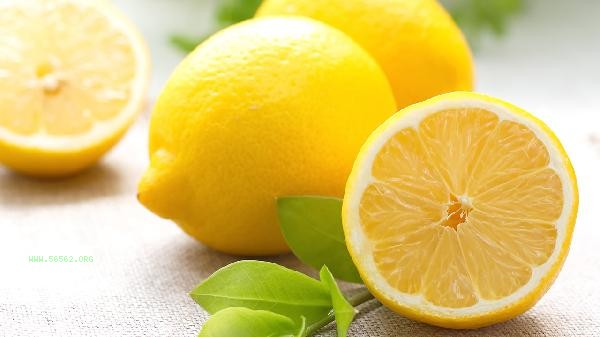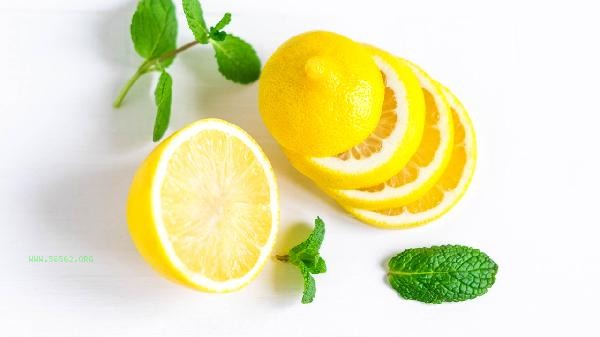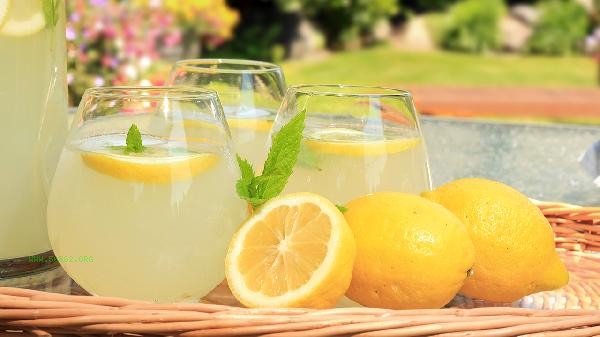Yellow lemon can be consumed directly, soaked in water for drinking, or added as a seasoning to dishes. Yellow lemon is rich in nutrients such as vitamin C and citric acid, which help promote digestion and enhance immunity. The main methods of consumption include juicing and drinking, slicing and soaking in water, making jam, pairing with seafood to remove fishy smell, baking and seasoning, etc.

1. Juice and drink
Wash the yellow lemon and cut it in half. Use a manual or electric juicer to extract the lemon juice. Fresh lemon juice can be diluted with water and consumed directly, or a small amount of honey can be added for seasoning. The organic acids and vitamin C in lemon juice can help promote saliva and gastric juice secretion, and drinking before meals can help stimulate appetite. The lemon residue after juicing can be dried and used for deodorization or cleaning.
2. Slice and soak in water
Rub the skin of the yellow lemon with salt and cut it into thin slices. Soak it in warm water for 5-10 minutes before drinking. Lemon slices can be soaked in water 2-3 times, and the water temperature should not exceed 60 degrees to avoid damaging vitamin C. Drinking 1-2 cups of lemon water daily can help replenish water and trace nutrients, but those with excessive stomach acid should avoid drinking on an empty stomach.
3. Making jam
Peel and seed the yellow lemon, chop it into small pieces, mix it with white sugar in a 1:1 ratio and marinate for 2 hours. Boil over low heat until it becomes sticky. Lemon jam can be applied to bread or used as a dessert ingredient, and its pectin and citric acid can help improve appetite. During production, some lemon peel can be retained to enhance the aroma, but it is important to thoroughly clean and remove any surface wax.

4. Paired with seafood
Squeeze fresh lemon juice on oysters, salmon and other seafood to remove fishy smell and enhance freshness, while also helping to break down protein. The acidic substances in lemon juice can soften the muscle fibers of seafood and enhance its taste. Lemon slices can be used to wipe knives and cutting boards when handling seafood, as their antibacterial ingredients help inhibit bacterial growth.
5. Baking seasoning
Adding lemon peel to baked goods such as cakes and cookies can add a fresh flavor. When making lemon cake, lemon juice can be used as a substitute for some liquid ingredients to make the finished product more moist and textured. During baking, citric acid can react with baking soda to produce bubbles, making the pastry more fluffy. Using organic lemons is safer and avoids pesticide residues.

As a daily ingredient, it is recommended to choose fruits with smooth skin and heavy weight. When storing, they can be placed in a cool and ventilated place or in the refrigerator. Pay attention to thoroughly washing with running water when consuming, and avoid contact with lemon allergies. Long term excessive intake may damage tooth enamel, it is recommended to rinse your mouth promptly after drinking lemon water. Special populations such as gastric ulcer patients and kidney stone patients should control their intake under the guidance of a physician to avoid worsening their condition. Reasonable combination with other fruits and vegetables can improve nutrient absorption, such as consuming iron rich foods to promote iron absorption.








Comments (0)
Leave a Comment
No comments yet
Be the first to share your thoughts!